- Learning time
- 60 minutes
- First play time
- 150 minutes
At the Gates of Loyang
Designed by: Uwe Rosenberg
At the Gates of Loyang is a game where the players compete to be the best trader at the eponymous Chinese city.
Players each begin the game with a player mat, and some cards: representing a field, a cart, and a shop. At the start of the game you plant a crop in your field, and begin a process of harvesting, selling, trading, and generating customers.
Each round is broken up into phases: there’s a harvest phase where you take a vegetable off each of your fields. Then a distribution phase where each player is dealt four customer cards from the deck, and the starting player chooses one to put face-up on the table. This is the courtyard, and each subsequent player has a choice – to add a card from their hand to the courtyard, or to take a card and add it to their player area, in which case their turn is over. So there’s a balance here in that the longer you wait to claim a card the better the choices will become, but the less cards you’ll have in your hand. After every player has chosen a card, the final phase is planting, buying and selling. You can now buy from the shops and sell to your customers – the cards you gathered in the distribution phase. You can also plant vegetables in your own fields at this point, and some cards have trading opportunities that allow you to trade in several commonplace vegetables for harder-to-get ones. Your customers come in two types – one-off customers who demand a big order but are happy to wait, and regular customers who want the same thing every round – if you let them down more than once, you lose points… finally, some of the cards are helpers who can assist you in some way: usually self-evident from the card text.
At the end of each round you buy points using money – 1 money moves you one place up the victory point track, but after that if you wish to move up again you have to pay the numeric value on the track, which increases the further you go. The game ends after 9 rounds and the player with the most points wins.
The guru's verdict
-
Take That!
Take That!
Almost none. There's not an awful lot of player interaction in Loyang, outside of the distribution phase.
-
Fidget Factor!
Fidget Factor!
Don't sit down with a 10 year-old to read the rules; they're not brilliantly written and it needs a first play to get your head around the game. But after that Loyang speeds up exponentially and if you get 3-4 games under your belt you'll find it speeds along.
-
Brain Burn!
Brain Burn!
There's some juggling of customer expectations and minimal maths, but it won't exhaust you.
-
Again Again!
Again Again!
The cards are random and minor variations in strategy at the start will change the game experience for you. You do however have to be ok with a gaming experience that is sometimes referred to as 'multi-player solitaire', as interaction in the game is fairly minimal.

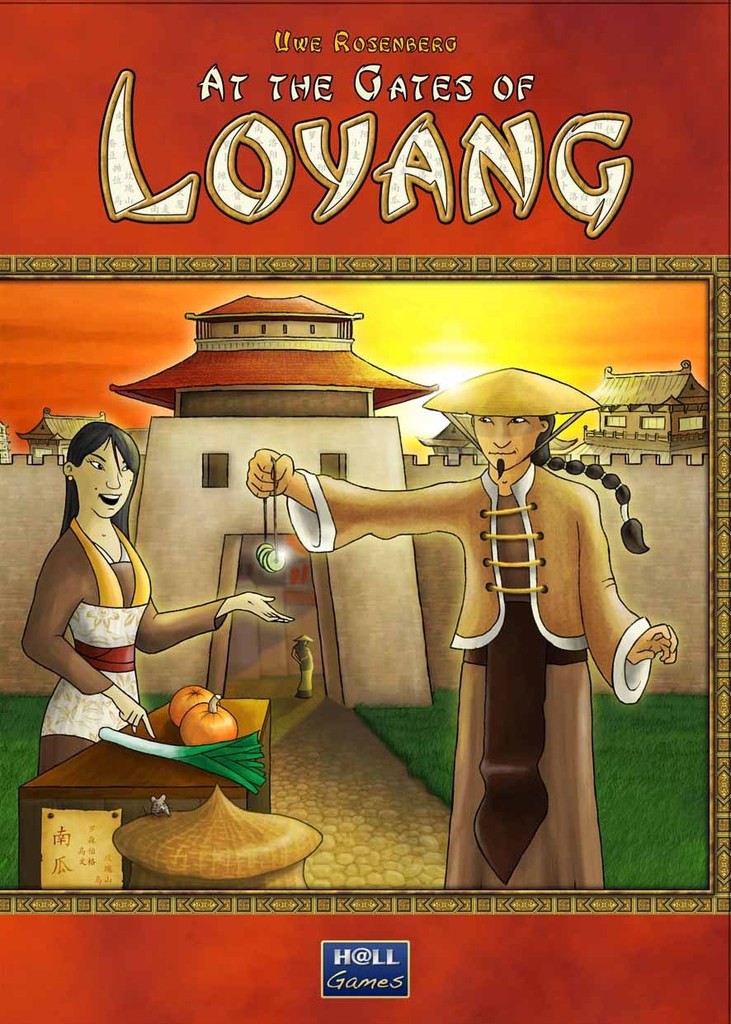
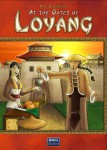
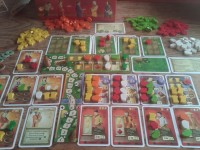
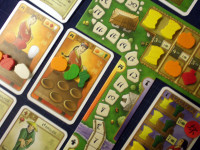
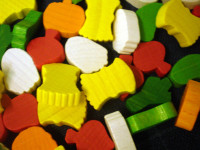


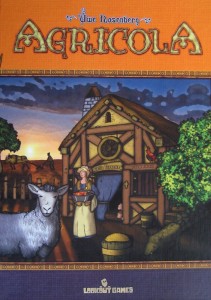
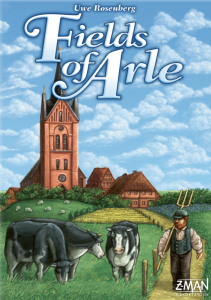
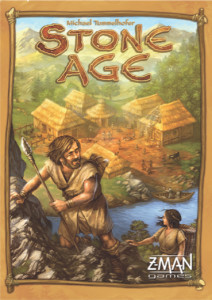

Sam says
My first play of Loyang I thought it was wonderful. My second I found it slightly repetitive - for me it's just a little long for the experience it offers, and it's probably best played with two - for a faster-moving experience and a faster overall play-time. Looks lovely though, and is mechanically rather clever.